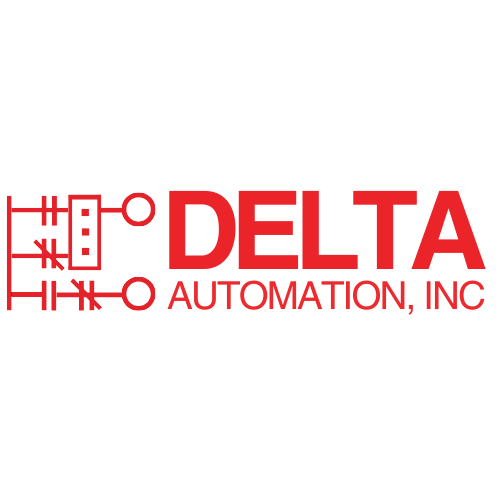Smart Spare Parts Strategy: How to Prioritize What Your Plant Really Needs

When a production line goes down, every second counts. Yet too many facilities treat spare parts and repairs as an afterthought—leading to costly delays, excessive overnight shipping fees, and production losses that dwarf the price of the component itself. A smart spare parts strategy, combined with a strong repair plan, helps you avoid these headaches by ensuring your plant is always ready when equipment fails.
Here’s how to prioritize what your plant really needs.
Why a Spare Parts and Repair Strategy Matters
Unplanned downtime is expensive. Carrying every possible spare part isn’t realistic. A smarter approach balances:
- Availability: Critical components are either on-hand or backed by a reliable repair partner.
- Efficiency: Inventory costs are minimized by leaning on professional repairs where possible.
Step 1: Classify Your Equipment
Review your installed base—drives, PLCs, HMIs, motors, and control hardware. Rank each by:
- Criticality: Does production stop if this unit fails?
- Failure History: Which parts or boards fail most frequently?
- Lead Time/Repair Time: How long to replace or repair?
Example: a legacy drive with known weak power boards should be prioritized for either spares or a documented repair path.
Step 2: Identify Critical Spares vs. Repair Candidates
Not every part should sit on your shelf. Critical items include those that:
- Are obsolete or no longer supported by the OEM
- Have long lead times (8–12 weeks or more)
- Cause significant production loss if they fail
- Require specialized expertise to diagnose and repair
Often, components like drives, PLC CPUs, and specialty modules need at least one spare. For many boards, HMIs, or subassemblies, a fast and reliable repair option can serve the same purpose.
Step 3: Balance Stocking vs. Repairing
Ask these questions for each component:
- What happens if it fails? (lost hours, late orders, safety risks)
- How quickly can you replace or repair it? (local spares vs. 2–3 week repair turnaround)
- What’s the cost comparison? (a $1,000 repair may avoid a $10,000 replacement)
Where repairs can be turned around quickly, stocking fewer spares makes sense. Where failures create high-risk downtime, a combination of one spare on hand plus a defined repair path is best.
Step 4: Use Data, Not Guesswork
- Maintenance logs: reveal repeat offenders and failure trends
- Repair reports: highlight parts that fail predictably
- Vendor phase-outs: signal when repair becomes your only option
- Partner reliability: determines if your “Plan B” holds under pressure
Step 5: Review and Update Regularly
Keep your strategy current as equipment ages or is replaced, OEMs announce end-of-life products, repair partners introduce new capabilities, and turnaround times or costs change. Review every 6–12 months.
Example: Prioritizing Drives
Consider a line running both legacy Allen-Bradley 1336 PLUS II drives and modern PowerFlex 525 units.
- 1336 PLUS II: Obsolete, limited availability, high risk → keep one spare and line up a repair provider.
- PowerFlex 525: Still in production → stocking isn’t critical, but ensure repair turnaround is documented.
Spare Parts & Repair Prioritization Grid
| Part | Criticality | Repair Feasibility | Downtime Impact | Plan |
|---|---|---|---|---|
| Drive (legacy, line-critical) | High | Yes (board-level repair) | High | Keep 1 spare + repair path |
| PLC CPU (current) | High | Yes | High | Repair as needed; stock optional |
| HMI (current-gen) | Medium | Yes | Medium | Send in for repair |
| Comms module (unique) | High | Limited | High | Stock 1; repair if possible |
Building Resilience Into Your Strategy
- Partner with expert repair providers who can restore drives, PLCs, and HMIs to like-new condition
- Choose warranty-backed repairs (Delta offers a 1-year repair warranty)
- Document playbooks so your team knows exactly what to do in a failure scenario
Final Thoughts
The smartest spare parts strategy is about balance—stocking the essentials while relying on expert repair services to cover the rest. With the right plan, you can cut downtime risk without tying up capital in shelves of unused components.
Delta Automation specializes in industrial drive, PLC, and HMI repairs, backed by a 1-year warranty. We help manufacturers extend the life of their equipment and build strategies that save money while protecting uptime.
